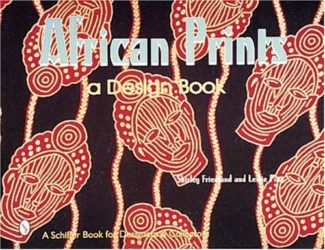The Battle for Pakistan
₨1900
The Battle For Pakistan: The Bitter US Friendship and a Tough Neighborhood is a new book written by Shuja Nawaz, an author and a distinguished fellow at the Atlantic Council’s South Asia Center in Washington
Description
The Battle for Pakistan
The Battle For Pakistan: The Bitter US Friendship and a Tough Neighborhood is a new book written by Shuja Nawaz, an author and a distinguished fellow at the Atlantic Council’s South Asia Center in Washington.
The book The Battle For Pakistan: is a lucid and a detached reading that throws fresh vignettes on US-Pakistan relations and the internal political dynamics of Pakistan in the backdrop of a troubled relation with India. It is a useful primer for someone interested in understanding the South Asian security environment from an independent perspective.
Considering the author’s expertise and interest in the security environment of South Asia, the relatively slim volume of 350 pages encapsulates useful nuggets of information and conclusions on civil-military relations as well.
Avoiding alarming prognostications, the writer in his clinical tone, sounds a warning note while pointing out the widening gap between the economies of the two countries. The subliminal message emerging out of the discourse is the need for Pakistan to accord more importance to the economy as its weakness impacts directly on the national security.
As per the Global Trends 2030 report, Indian economy would rise from the present seven-nine percent of Pakistan’s economy to sixteen percent by the year 2030, leaving Pakistan little leeway to match India in a costly arms race.Another issue bedevilling the Pakistan-India relations is the growing Sino-Pak relationship that is perceived in confrontational terms as a zero sum game by India due to her fears of Chinese domination of South Asia.
The leitmotif of the main discourse in the book is woven around a classic notion of ‘internal balancing’ by Pakistan instead of the erstwhile ‘external balancing’ and ‘bandwagoning’, all interesting euphemisms for Pakistan’s reliance on the USA in the past to develop a military capability vis-à-vis perceived threats.
Focus on national economy and human security along with reliance on non-kinetic aspects while tackling the internal security challenges by religious militancy and ethnic particularism are recommended as viable options for Pakistan.
The style of narrative and marshalling of facts to support the arguments reminds one of John Keats’ lines: O what can ail thee, Knight at Arms. Pakistan that has morphed into a national security state resembles a knight at arms that is ever ready to take up arms on behalf of its threatened population, but the writer apparently wants the knight to doff his armour and don the yeoman’s robes to lend a working shoulder to the national development effort.
The above could also undercut the viscerally adversarial attitude of the Indo-US strategic coalition vis-à-vis the Sino-Pak alliance for CPEC and Gwadar. The growing economies and affluent urban populations of Pakistan and India would ultimately act as a bulwark to the conflictual relationship due to their economic complementarities.
- Click here for complete range of Books
- You can also visit our social media pages
Additional information
| Dimensions | 24.4 × 14.7 × 3.8 cm |
|---|













Reviews
There are no reviews yet.